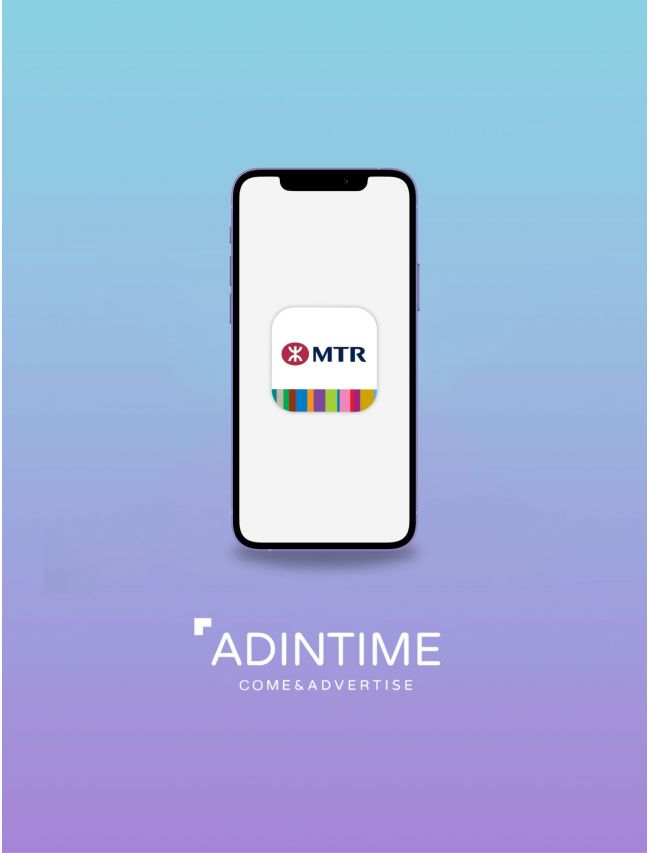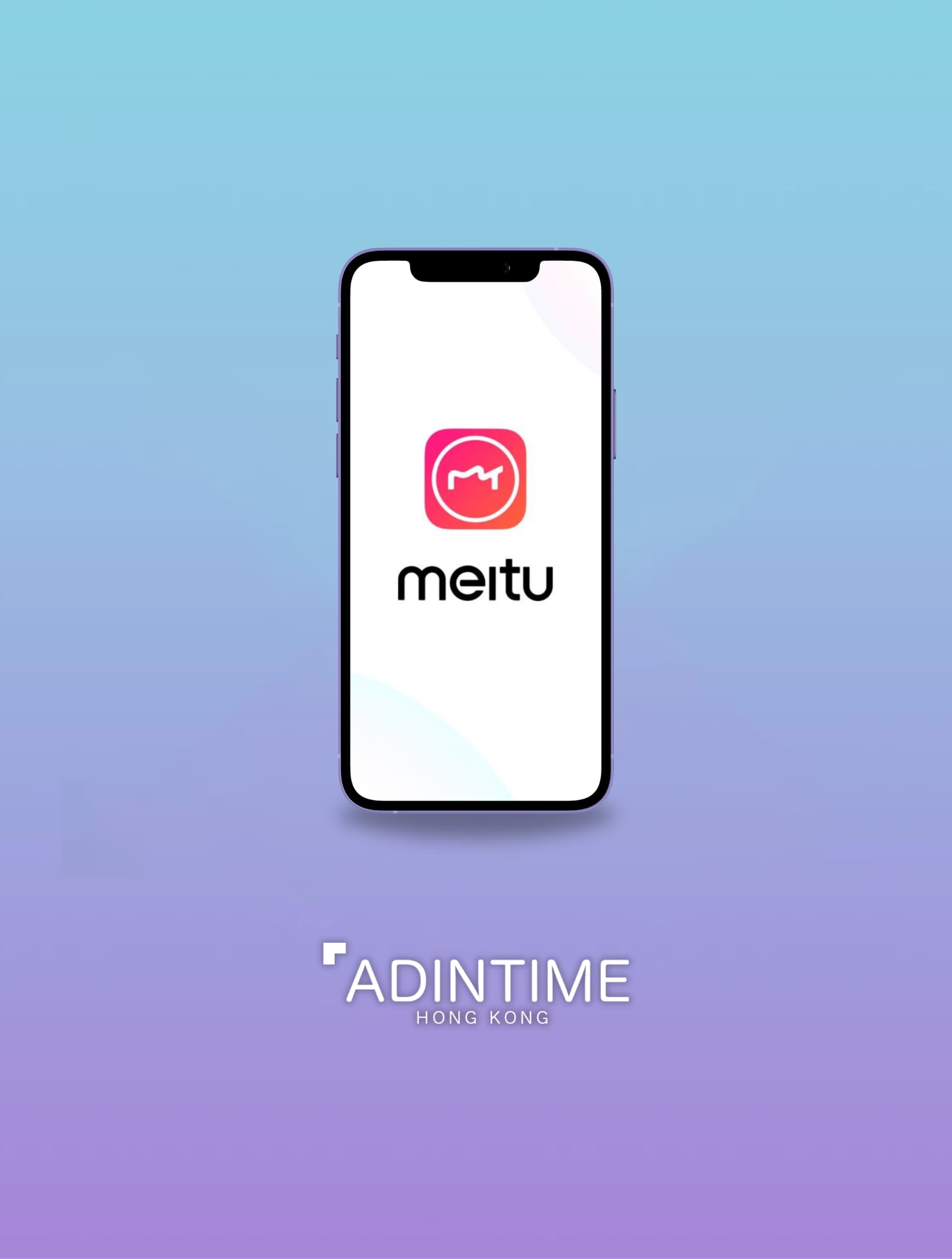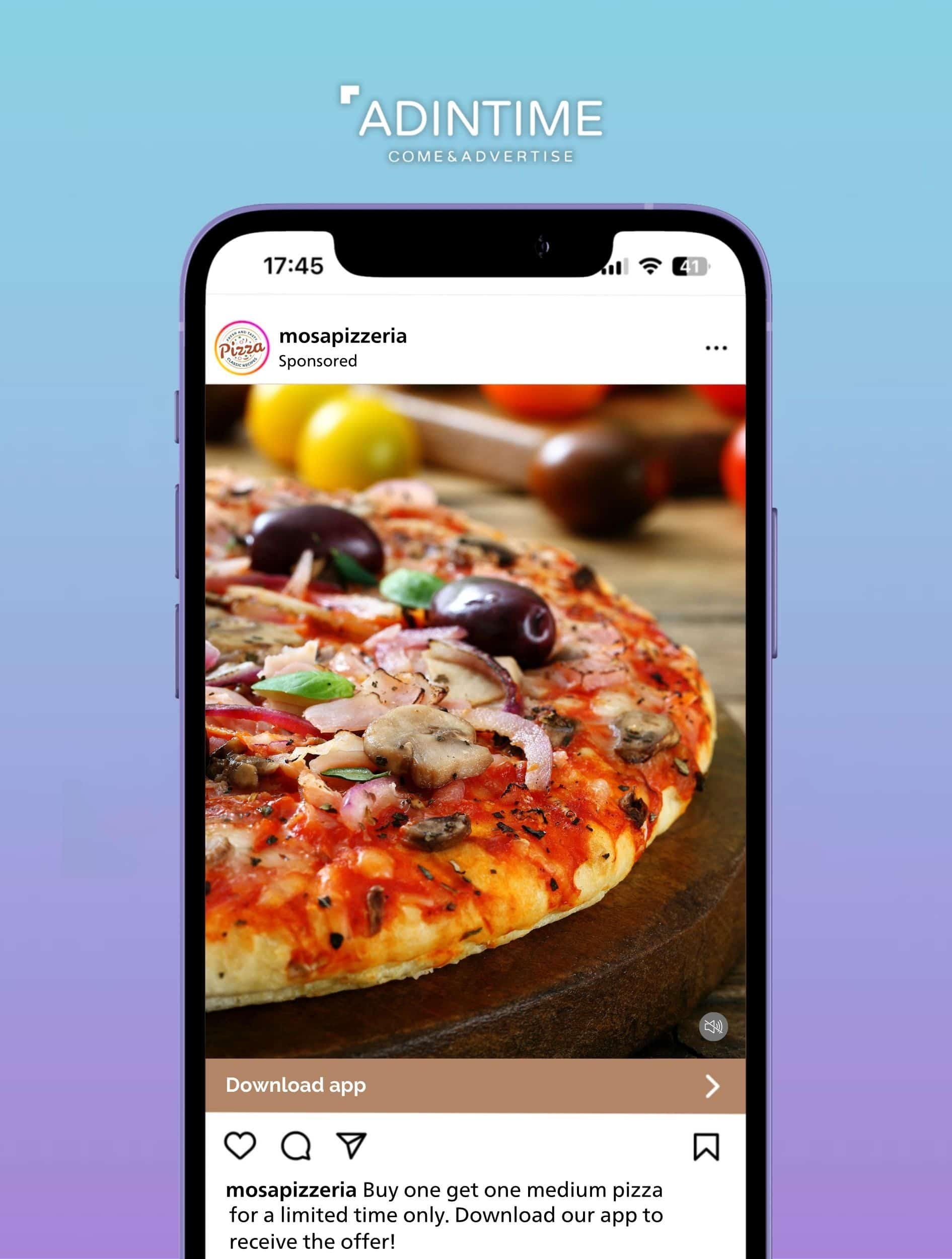Mobile Advertising in 2025 - What You Need To Know
Mobile advertising has transformed the marketing landscape over the past decade. As we move further into 2024, understanding the latest trends and strategies in mobile advertising is crucial for businesses, especially SMEs, to stay competitive. This article will guide you through the essentials of mobile advertising, its history, current market, advantages, and disadvantages, and explore whether it remains effective today.
What is Mobile Advertising?
Mobile marketing/advertising refers to any form of ads that appears on mobile devices such as smartphones and tablets. This can include anything from display ads and video ads to in-app ads and mobile search ads. The goal is to reach users where they spend a significant amount of their time—on their phones! With the rise of mobile internet usage, mobile advertising has become a critical component of digital marketing strategies.
The Evolution of Mobile Advertising

The history of mobile advertising dates back to the early 2000s with the advent of SMS marketing. As smartphones became more sophisticated, so did the advertising strategies. Today, mobile advertising encompasses a wide range of formats, including app advertising, mobile game advertising, and Google mobile ads.
Types of Mobile Advertising

- In-App Advertising: Ads displayed within mobile applications. This includes banner ads, interstitial ads, and rewarded video ads.

- Mobile Video Advertising: Short video clips that play within apps, games, or on social media platforms. This format is popular due to its high engagement rates.
- Mobile Game Advertising: Ads integrated into mobile games. These can be banners, videos, or playable ads that allow users to interact with the ad content.

- Search Ads: Ads that appear on search engine results pages when users search for specific keywords on their mobile devices. Think of the "sponsored ad" you see at the top of search engines such as Google.
- Social Media Ads: Ads that appear on social media platforms, optimized for mobile users. Platforms like Facebook, Instagram, and TikTok offer a variety of mobile ad options.
Current Trends in Mobile Advertising
Increased Personalization: Mobile ads are becoming more personalized, thanks to advanced data analytics. This personalization improves user engagement and ad effectiveness.
Video Ads Dominance: Short, engaging video ads are leading the way in mobile advertising. Platforms like TikTok and Instagram have popularized this format.
Interactive Ads: Interactive ads, including playable ads in mobile games, provide a more engaging experience for users.
The Mobile Advertising Market in 2025
The mobile advertising market continues to grow, driven by the increasing number of smartphone users worldwide. According to recent reports, mobile ad spending is expected to surpass desktop ad spending, highlighting the importance of mobile platforms for advertisers.
How to Measure Mobile Advertising
- Click-Through Rate (CTR): The ratio of users who click on an ad to the number of total users who view the ad. A high CTR indicates effective targeting and ad content.
- Conversion Rate: The percentage of users who take a desired action after clicking on an ad, such as making a purchase or signing up for a newsletter.
- Attribution Models: These help identify which ads or touchpoints in a campaign contributed to conversions. Models like last-click, first-click, and multi-touch attribution provide insights into ad effectiveness.
- Return on Ad Spend (ROAS): A metric that measures the revenue generated for every dollar spent on advertising. Higher ROAS indicates more effective ad spending.
- Engagement Metrics: These include likes, shares, and comments on social media ads, as well as time spent interacting with playable ads.
Advantages and Disadvantages of Mobile Advertising
Advantages
- Wide Reach: With billions of smartphone users globally, mobile advertising offers unparalleled reach.
- Targeted Advertising: Platforms like Google mobile ads allow for precise targeting based on user behavior and preferences.
- High Engagement: Mobile ads, especially interactive and video formats, tend to have higher engagement rates compared to traditional ads.
Disadvantages
- Ad Blockers: The increasing use of ad blockers on mobile devices can reduce the visibility of your ads.
- Intrusiveness: Some users find mobile ads intrusive, which can negatively impact brand perception.
- Cost: High competition for mobile ad space can drive up costs.
Is Mobile Advertising Still Effective?
Despite the challenges, mobile advertising remains highly effective. The key lies in creating high-quality, engaging ads that resonate with your target audience. Utilizing advanced analytics for attribution helps measure the success of your campaigns and optimize them for better results.
Best Practices for Mobile Advertising in 2025
- Leverage Video Content: Invest in short, engaging video ads to capture the attention of your audience quickly. With platforms like TikTok and Instagram prioritizing video content, this format has become crucial for engaging users.
- Use Data for Personalization: Utilize data analytics to create personalized ad experiences that increase user engagement. Personalized marketing not only increases engagement and conversion rates but also fosters brand loyalty.
- Optimize for Mobile: Ensure your ads are optimized for mobile devices to provide a seamless user experience. This includes responsive design and ensuring fast load times.
- Test and Iterate: Continuously test different ad formats and strategies to find what works best for your audience. Experimenting with new ad formats like AR, interactive ads, and voice search optimization can yield better results.
- Focus on User Retention: Implement strategies to retain users, such as personalized experiences, loyalty programs, and targeted communication. Retaining users can drive sustainable growth and maximize customer lifetime value.
- Embrace Emerging Technologies: Leverage AI and machine learning to automate and optimize your ad campaigns. AI-driven technologies can help with targeting, personalization, and measuring ad performance more effectively.
Conclusion
Mobile advertising in 2024 is more dynamic and powerful than ever. By understanding the trends, advantages, and challenges, SMEs can effectively leverage mobile ads to reach their target audience and achieve their marketing goals. Whether you are exploring app advertising, mobile game advertising, or Google ads on mobile, the potential for growth and engagement is immense. Keep experimenting, stay updated with the latest trends, and your mobile advertising efforts will pay off.
 Cookie preferences
Cookie preferences












 Xiaohongshu Advertising Guide: How Can Hong Kong Brands Maximize Their Results?
Xiaohongshu Advertising Guide: How Can Hong Kong Brands Maximize Their Results?
 2x your advertising effectiveness: Master big data to optimize ad ROI
2x your advertising effectiveness: Master big data to optimize ad ROI
 Top 5 Best Ads in 2025 in Hong Kong
Top 5 Best Ads in 2025 in Hong Kong
 Hong Kong Outdoor Advertising Cost in 2026 | Adintime Report
Hong Kong Outdoor Advertising Cost in 2026 | Adintime Report
 Marketing Calendar 2026: Key Dates For Marketing Success
Marketing Calendar 2026: Key Dates For Marketing Success
 The Most Widely-Read Magazine and Newspaper in Hong Kong
The Most Widely-Read Magazine and Newspaper in Hong Kong
 OOH /DOOH advertising in Hong Kong: Formats and Rates (2025 Update)
OOH /DOOH advertising in Hong Kong: Formats and Rates (2025 Update)
 Understanding YouTube Advertising Costs in 2025
Understanding YouTube Advertising Costs in 2025
 How much does LinkedIn Advertising Cost? (2025 Update)
How much does LinkedIn Advertising Cost? (2025 Update)
 Press Ad Basics: Types, Formats and Ad Price
Press Ad Basics: Types, Formats and Ad Price